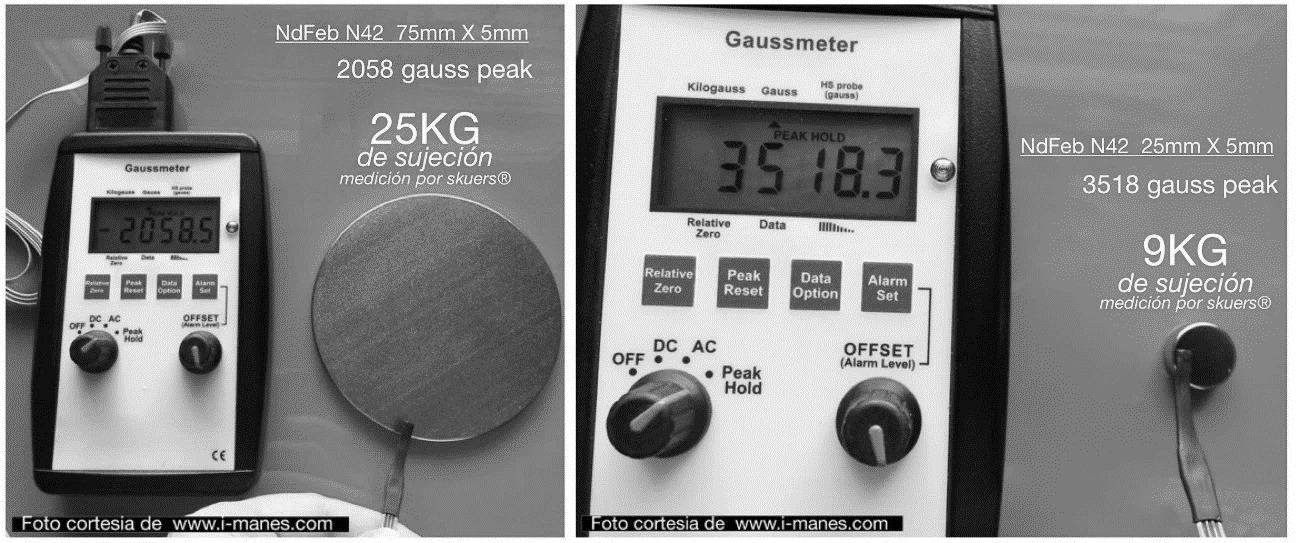
How many gausses are biomagnetism magnets?
Biomagnetism is a natural therapy that consists of reducing the causes of pain by placing magnetic materials (magnets) in different areas of the body. Contrary to magnetic therapy and acupuncture, biomagnetism uses magnets with opposite charges. These opposite charges will provoke a depolarization where the areas of the body where the PH is unbalanced, return to their original state.
One of the most characteristic benefits of biomagnetism is the ability to heal areas with a small part of side effects. Unlike other therapies, the side effects are practically nil. As well as being natural and painless, unlike other therapies, this one is mainly directed to the focus of the pain.
How does biomagnetism work?
Biomagnetism works as a scan, that is, magnets are placed in the areas of the body where the damaged organs or tissues are located, in order to achieve a balance of the organism, which leads to an immediate improvement in the health of the person once the therapy session is over.
As soon as the PH of our body returns to be the right one, that is to say, it will be neutralized, so that the pathologies will disappear. This therapy performs an alteration that subsequently corrects the areas of our body that is damaged. For biomagnetism to work we must use other complementary techniques.

How many Gauss must biomagnetism magnets have?
The most recommended types of magnets for biomagnetism are spherical magnets, this type of magnet will have the magnetic axes in the center, so the intensity will be distributed throughout the magnet. On the other hand, we find magnets with a larger surface, these will have a higher degree of magnetization and high quality.
Depending on the quality of the magnets, a higher or lower number of Gauss will be needed, depending on the type of magnet used. The most common are neodymium and ferrite magnets However, the only requirement for biomagnetism is the presence of a magnet of 1,000 gauss to obtain the expected results.
Neodymium magnets require a higher number of gauss, between 2,500-6,000 gauss, this is due to the coating that this type of magnets need, which will reduce its power, lowering its effectiveness.
Ferrite magnets being of low power, 800-1,800 gauss are needed because, compared to neodymium magnets, they do not have to have this coating since they have a high corrosion resistance.
